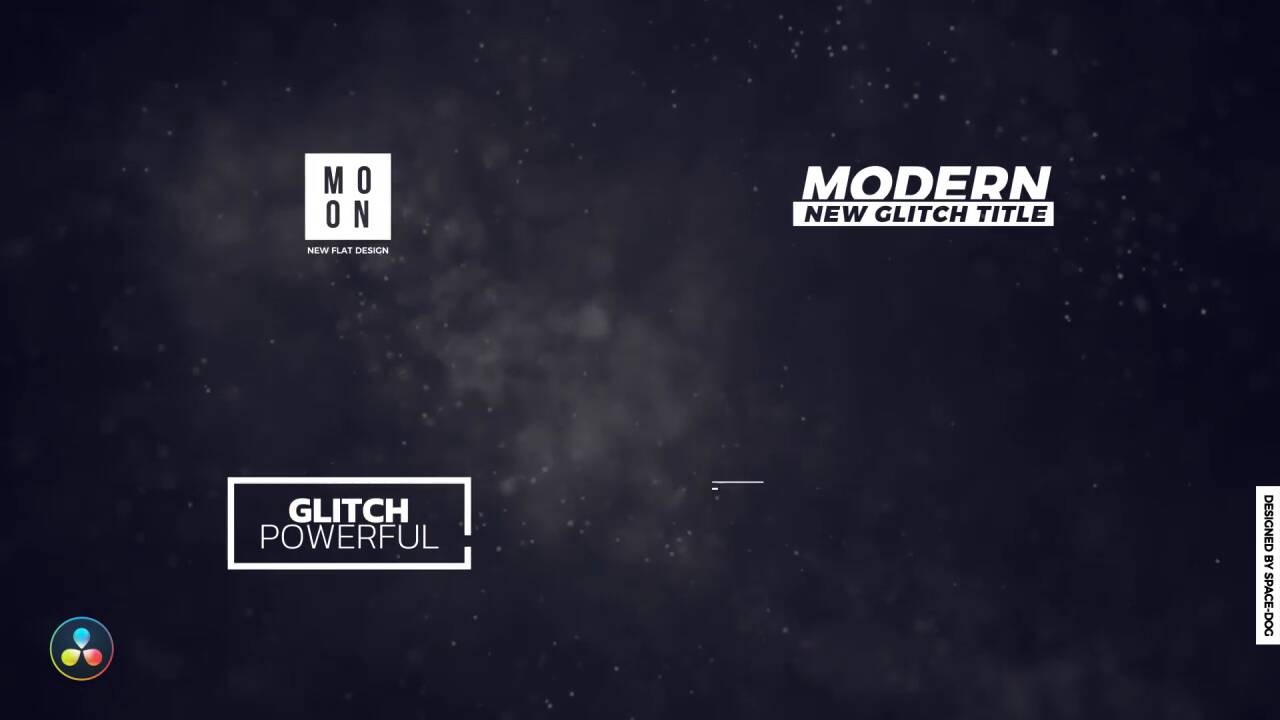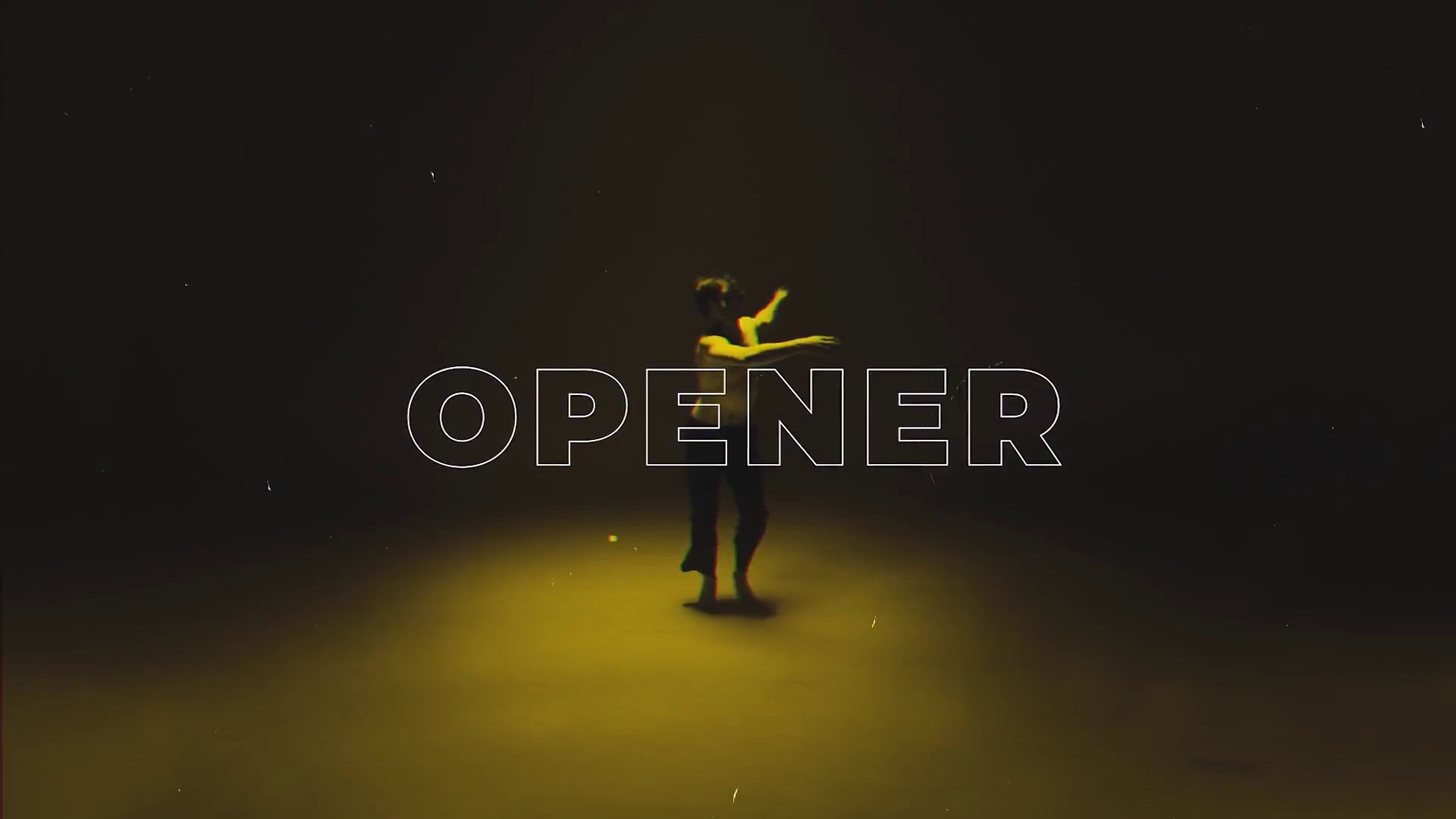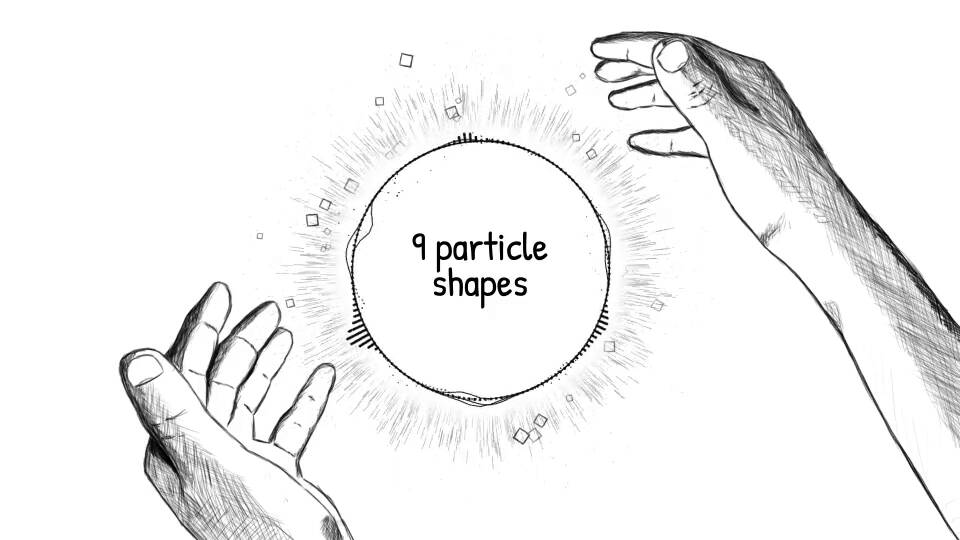Tips & Tricks

How to Make a Talking Avatar With Cartoon Animator and After Effects
Tuts+PhotographyIn this tutorial, you'll learn how to use Cartoon Animator and After Effects to make an animated, talking character. Talking avatars help engage the audience in video presentations, livestreams and more, helping you convey the importance of your message.
With Cartoon Animator, you can create your own character or use the default characters in a number of different styles, including comic figures, animals and paintings.
Learn to Animate a Talking Character
In our last Cartoon Animator tutorial, we introduced the basics of 2D character animation, including rigging and bones. This tutorial covers how to take those basic skills to make a talking avatar.
Below, you will learn how to create a talking character using your own designs, element packs from Envato Elements, or a modified stock animation. We'll cover how to import custom character elements such as eyes, nose and mouth etc., how to animate a custom talking avatar, how to add your own voice lines, and how to enhance the animation with Adobe After Effects by adding a background.
In our next tutorials, you'll learn how to add and refine your 2D character with smooth head turn animations, plus how to you can animate any photograph using these same techniques.

What You'll Need
To follow along with this tutorial you will need your own version of Adobe After Effects and Cartoon Animator. You can download a free trial version for Cartoon Animator on the Reallusion Website.
Cartoon Animator includes the graphics and elements you need to follow along with this tutorial, but we're also using the following optional graphic packs from Envato Elements, where you can download unlimited creative assets with the monthly subscription. Click on the links below to download the same elements we've used here:



1. Add a Bone
Before we begin to create our own custom talking avatar, let's first take a look at the Content Manager inside Cartoon Animator. You can access the Content Manager by going to Window > Content Manager or by pressing F4 on the keyboard.



Once you have access to the Content Manager, select the Actor tab and then select Actor Template.



Add a Bone
To create a custom character head we need to start with a Bone. You can find this by going to Actor Template > Character > G3 > 5_G3 Free Bone > Base Bones. Select the Base Bones and click and drag it into the stage window.



You can enlarge the bone by clicking and dragging the mouse, if needed.



2. Import a Template Head
To create your own custom head elements, we now need to go into Composer Mode. Click on the button near the top left of the stage preview window in Cartoon Animator to enter Composer Mode.



Within Composer Mode go to the Content Manager and choose one of the template heads to use by selecting the Head tab.



Select a Starting Head Template
For this tutorial we will use the Roger_F head template. Within the Head tab select Head Template > Head > _G3 360 > Roger_F to select the head template.



Click and drag the head template onto the Bone, which is inside the stage preview window.



Use the mouse to enlarge the head by clicking and dragging if needed.



3. Import a Custom Head
Now you have a basic head that you can use to make an animation, but you likely want to customize the look of your character beyond the template. You can do a lot of this right in Cartoon Animator using the supplied elements or you can add your own custom elements, which is what we'll do now.
If you don't have a custom head, don't worry! Follow along with the supplied head, and instead try making some changes or swap out some of the stock elements for others to create your own combination.
Let's take a look at the head elements by going into the Layer Manager, which can be found near the bottom right of the screen or by going to Window > Layer Manager (F6).



We can now remove the Bone as we no longer need it: select the Bone layer and then click on the Delete button.



Enter the Sprite Editor
Now select your Talking Head and then click on the Sprite Editor button on the left toolbar.



This will open the Sprite Editor where we can start to replace individual elements of the Talking Head Template. Let's start with the Face by clicking on the Face option at the very top.



To replace the Face_F element with your own custom image, simply select the element you want to replace and click on the Replace Current Sprite button.



Select Your New Face
In the file browser, locate the image that you want to use for your face and then click on the Open button.



Resize and re-position the image if needed.



Repeat
Repeat this process for the rest of your assets, working down the list starting with the Left Brow, Right Brow, Left Eye, Right Eye Nose, Mouth etc. until you have used all your custom images.
Some elements such as the mouth and the eyes may have several assets that you can import (e.g. SmileOpen, PuckerLip, OpenLip, ShowTeeth, MouthOpen, Normal, etc.)



Once you have imported all the assets you want to use, return to the Layer Manager and hide all the layers that you don't want to show by clicking on the eye icon.



Save
Once you are happy with the way the new face looks, save it in the Content Manager by going to the Custom tab at the top and then selecting Head Custom > Head and then clicking the Add button.



4. Place Custom Head
Click on the New Project button to create a blank new project.



For this part of the project, we'll use one of the ready-made character templates from Cartoon Animator. In the Content Manager go to Actor Template > Character > _G3 360 > 1_G3 360 Human and choose one of the characters from here. For this example we are going to use Phillipp_F but feel free to choose another one that you like.



Resize the character so that the upper half of the torso is showing in the view finder (shown here as a blue border line).



Find the custom head that you created in the Content Manager: this should be in the same location that you saved it in. Click and drag the custom head onto the character template in the stage preview window.



Edit the New Character
To change the colours or edit certain parts of the character template to suit your character's face, head back to the Composer Mode. From there go to the Layer Manager and select the parts of your character you wish to edit. Once you have selected the element (for example the LFoream_Layer) click on the Launch to External Image Editor to edit the layer.
You can also hide layers that you don't want shown (similar to how we hid layers for the face template).



Once you have finished making all the edits to the character, return to Back Stage mode by clicking on the button on the top right.



5. Add Animations to the New Character
To add a ready-made animation to the character, simply go to the Content Manager and then select the Animation tab to browse through the library of different animations you can use. Cartoon Animator supplies many useful presets in the library, including vocal animations, facial expressions and body movements, and you can add your own.
For this example we will be using the Talk animation which can be found in Animation Template > Motion > 1_G3 Human > _Turners_Male > Front > Talk.



Use the mouse to click and drag the animation onto your custom character. This will automatically start the animation on your character. Otherwise you can simply click on the Play button at the bottom of the screen.



6. Add a Voice to Your Character
Once the animation is added you can add a voice to your character. Select the character and then click on the Create Script button.



You then have four different options to choose from when deciding how to make your character talk.
- Record Voice
- Text to Speech (TTS)
- Wave File
- Cartoon Script
For this example we will use a pre-recorded Wave (.wav) audio file. Cartoon Animator also includes a basic voice recorder. TTS mode uses Microsoft's text-to-speech engine, or you can use your own. Cartoon Script let's you use talking scripts.



Lip-Sync to Recorded Audio
This will add a voice to your character. Cartoon Animator automatically creates the animation to lip-sync the vocals.



7. Export to Adobe After Effects
Now that we have an animated and fully-voiced custom character, it is time to take everything into Adobe After Effects where we can enhance the animation even further.
Simply click on the After Effects button located on the top toolbar or go to Render > Export to After Effects.



Install After Effects Script
Click on the Download Script button to download the script which you will then install in Adobe After Effects.



To install the file into Adobe After Effects, unzip the Zip file and then paste the file Cartoon Animator - AE Script (Beta).jsx to the ScriptUI Panels folder. By default, it is located in the following path:
-
Windows:
C:Program FilesAdobeAdobe After Effects <version>Support FilesScriptsScriptUI Panels
-
Mac:
Applications/Adobe After Effects CC <version>/Scripts/ScriptUI Panels
If this folder does not exist, then create a folder with the name ScriptUI Panels.



Export Your Character From Cartoon Animator
Back in Cartoon Animator make sure that you look at the following:
- Your character is selected under Select Object(s): this is the character that you have created and animated in Cartoon Animator
- Below that, the Export Settings let choose the resolution and frame size
- And finally you can choose the export range to determine how much of your timeline you want to export into Adobe After Effects
Once you've checked through all the options click on the Export button and choose a desired destination for your new Adobe After Effects file. This will create a JSON file for your animation.



8. Add a Background to Your Talking Avatar Animation in After Effects
To import your animation into Adobe After Effects, go to Windows > Cartoon Animator - AE Script (Beta).jsx which will open up a new panel.



Click on the Import Project (JSON) button and locate the project location. Select the JSON file exported from Cartoon Animator.



Add New Background
This will open up the talking avatar in Adobe After Effects. Now we can treat this animation as if it were any other After Effects project! For example, let's add a new background into the project.



Import a new background image into After Effects by clicking and dragging the image into the Project Panel or by going to File > Import > File.



Open up the Scene Composition by double clicking on it either in the Project Panel or in the currently open composition.



Hide the current background by clicking on the Eye Icon next to the background layer.



Replace the Background Layer
Replace the background layer with the new one by clicking and dragging it into the composition from the Project Panel.



Open up the new layer to access the Transform options so that you can edit the Scale and Position options if needed.



Resize and reposition the background until you are happy with the results! If you're familiar with using Adobe After Effects you can continue to edit the scene even further. For example, you can change the colour of the background image, adjust the audio levels or enable motion blur.



Awesome! You're Finished!
Congratulations! You can now create a talking avatar character using Cartoon Animator and Adobe After Effects.
Now that you are familiar with the techniques, why not experiment with different character designs or use other character packs from Envato Elements? Once you have imported your animation into After Effects you can check out even more tutorials below and apply them to the project.
In the meantime, I hope you've found this tutorial useful and I'll see you next time, on Envato Tuts+!





















